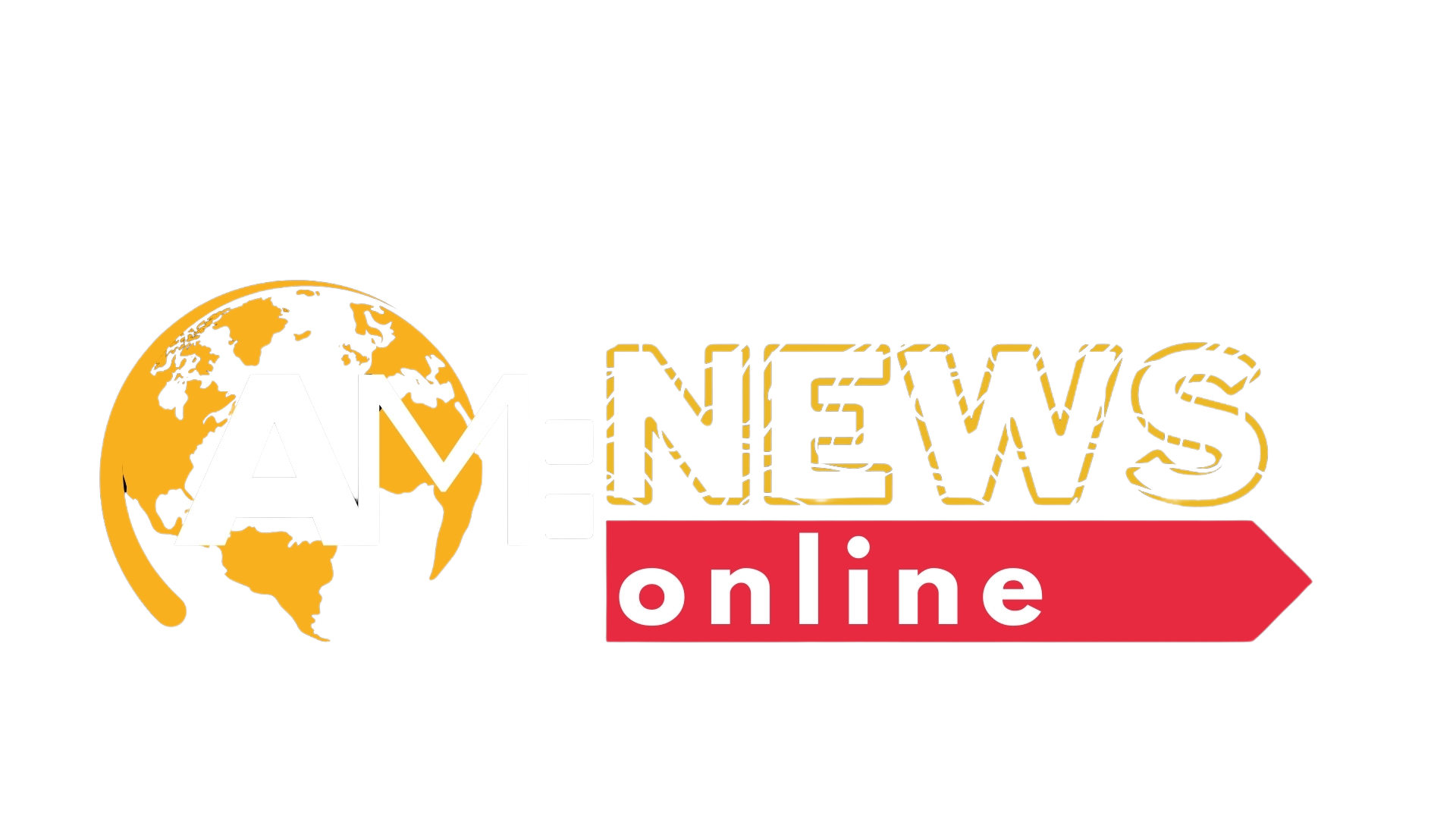The relationship between Donald Trump and the media has been one of the most polarizing aspects of modern politics. Throughout his presidency and beyond, news outlets have taken clear positions, either strongly supporting or vehemently opposing him. While conservative media outlets have defended Trump’s policies and echoed his rhetoric, liberal-leaning publications have consistently criticized his leadership. This divide has contributed to a fractured media landscape, where Americans often consume news based on their political leanings.
Several right-leaning media organizations have been strong supporters of Trump, frequently promoting his policies and pushing back against criticism from the left. Fox News, once Trump’s go-to network, remains a major supporter, though some internal divisions have emerged. Newsmax and One America News Network (OANN), both known for their staunch conservatism, have positioned themselves as even more loyal to Trump than Fox. Other conservative outlets such as Breitbart News, The Epoch Times, and The Federalist regularly publish pro-Trump content, emphasizing themes of America First, election integrity, and opposition to progressive policies. Additionally, The Washington Examiner and The Daily Caller provide right-leaning coverage, often defending Trump’s stance on immigration, crime, and foreign policy.
On the other side, liberal-leaning media outlets have consistently opposed Trump, often framing him as a threat to democracy, civil rights, and global stability. CNN and MSNBC have been among the most vocal critics, frequently highlighting controversies surrounding Trump’s administration. Major newspapers like The New York Times and The Washington Post have published investigative reports exposing Trump’s business dealings, election claims, and legal troubles. Additionally, digital news sites such as Vox, HuffPost, and Rolling Stone take a progressive stance, often linking Trump’s policies to social injustices and right-wing extremism. Internationally, The Guardian’s U.S. edition also leans critical, framing Trump’s influence as damaging to American democracy and global diplomacy.
Some media outlets attempt to maintain neutrality, though their coverage can still reflect implicit biases. The Wall Street Journal, for example, has a conservative-leaning editorial page that often supports Trump, but its news coverage is generally more balanced. Reuters and the Associated Press (AP) are among the most neutral outlets, focusing on fact-based reporting rather than opinion-driven narratives. Bloomberg, primarily a business news source, has taken a mixed stance—sometimes critical of Trump’s trade policies while also acknowledging economic successes during his tenure.
This media divide has shaped public perception, with Americans increasingly consuming news that aligns with their political beliefs. Supporters of Trump tend to trust conservative outlets, while his critics rely on left-leaning media. This polarization raises concerns about media bias, misinformation, and the declining trust in journalism. As the 2024 election cycle continues, the role of the media in shaping Trump’s political future will remain a critical issue, further influencing public opinion and electoral outcomes.












0 Comments